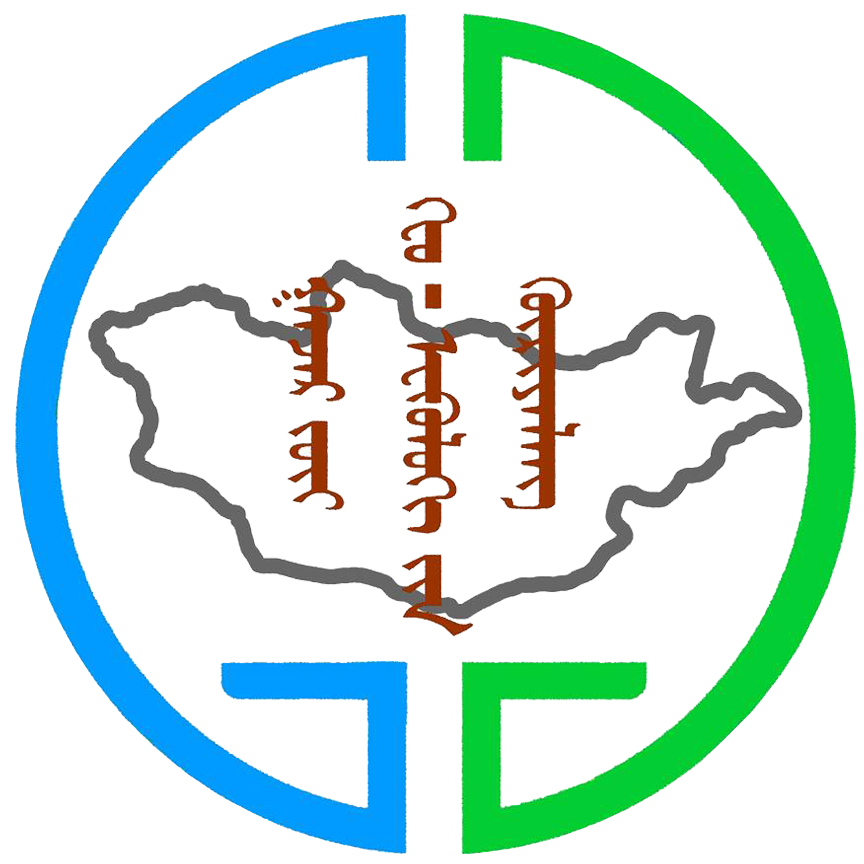Mongolia is a rapidly developing country that has experienced growing industrialization and urbanization in recent decades. This study was conducted to evaluate the enrichment and labile fractions of metals in urban soils of Mongolia and to identify major sources of soil metal pollution. The concentrations and geochemical fractions of Al, Fe, Mn, Cr, Cu, Cd, Co, Zn, V, Mo, As, Sb, and Pb in soils of the city Ulaanbaatar were investigated. The results demonstrate that only Fe, Mn, Co, Mo, and V occur at natural levels with enrichment factors close to unity. The majority of investigated toxic metals, including Cu, Zn, Cr, Sb, As, Cd, and Pb, are serious pollutants in urban soils, with enrichment factors of up to 2.8, 5.1, 2.1, 16, 13, 15, and 11, respectively. Studies of the chemical fractions of metals demonstrate that Zn is mainly found in its labile form and is considered a high risk to humans and biota. Industrial release, household ash, coal combustion, and tire abrasion were identified as key sources of toxic metals entering into the soil of Ulaanbaatar City, which should be controlled effectively to prevent the population as well as pollution distribution over a wider area by long-range atmospheric transport.
